
AllQuestion and Answers: Page 348
Question Number 186547 Answers: 1 Comments: 0
Question Number 186546 Answers: 0 Comments: 2
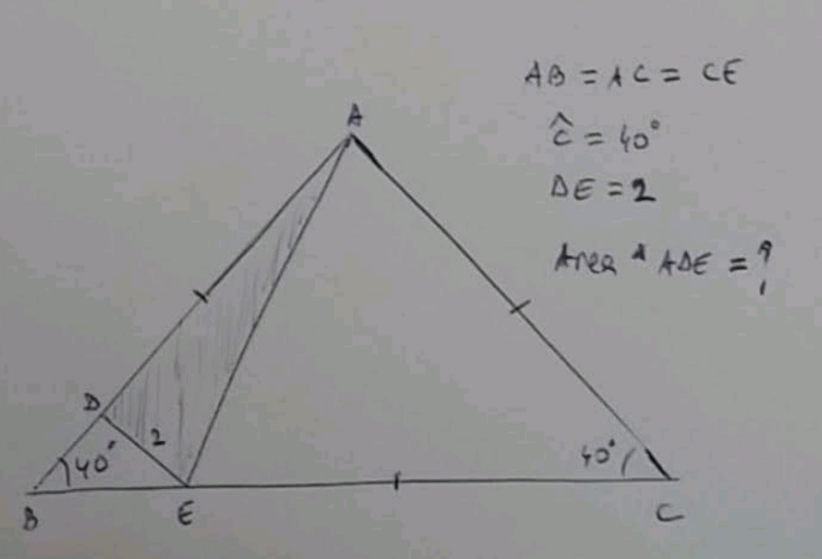
Question Number 186544 Answers: 0 Comments: 1

Question Number 186540 Answers: 0 Comments: 0
Question Number 186539 Answers: 0 Comments: 0
Question Number 186531 Answers: 0 Comments: 0
Question Number 186527 Answers: 2 Comments: 0

Question Number 186517 Answers: 1 Comments: 0
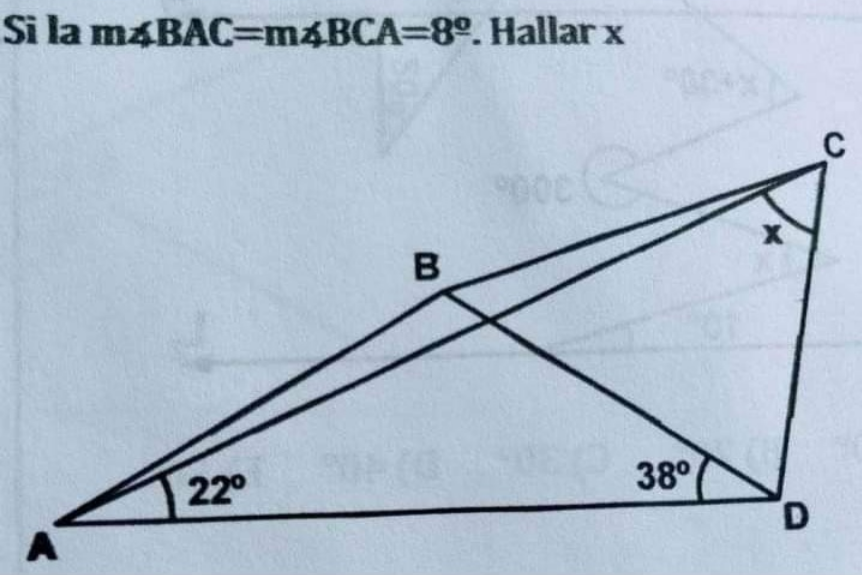
Question Number 186507 Answers: 0 Comments: 0
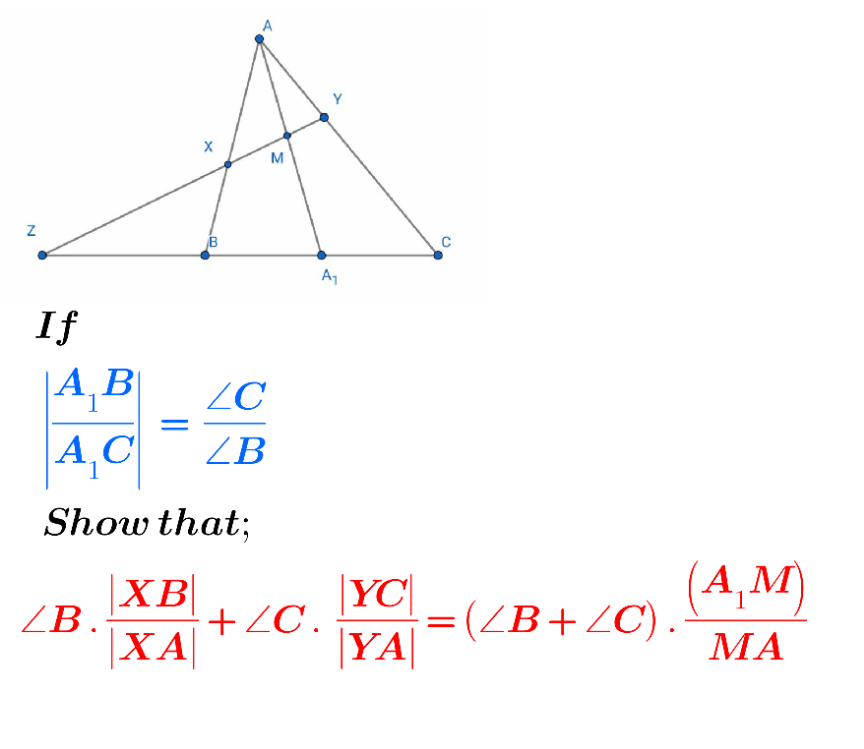
Question Number 186503 Answers: 0 Comments: 1
Question Number 186500 Answers: 1 Comments: 0
Question Number 186492 Answers: 1 Comments: 1

Question Number 186489 Answers: 1 Comments: 0

Question Number 186486 Answers: 0 Comments: 6
Question Number 186482 Answers: 2 Comments: 0
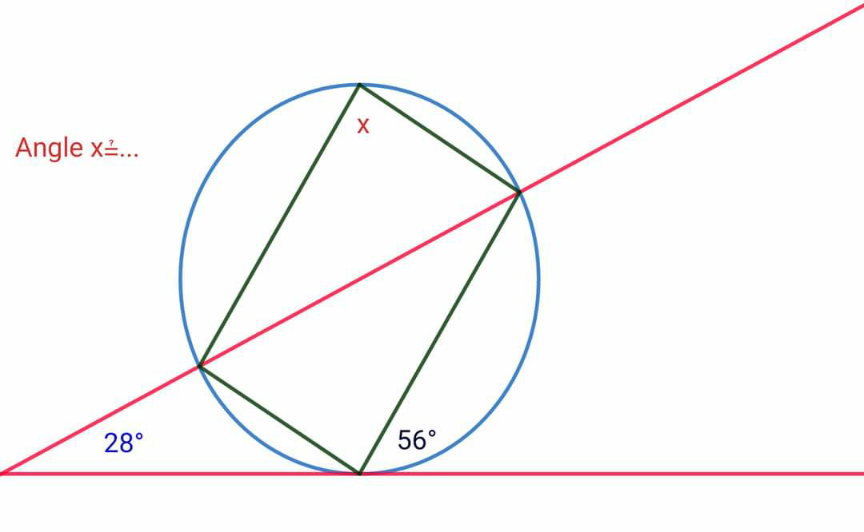
Question Number 186481 Answers: 0 Comments: 0

Question Number 186476 Answers: 0 Comments: 0

Question Number 186473 Answers: 0 Comments: 0
Question Number 186468 Answers: 1 Comments: 0
Question Number 186464 Answers: 1 Comments: 15

Question Number 186453 Answers: 1 Comments: 0
Question Number 186447 Answers: 0 Comments: 1

Question Number 186446 Answers: 0 Comments: 0

Question Number 186445 Answers: 1 Comments: 0
Question Number 186442 Answers: 2 Comments: 0
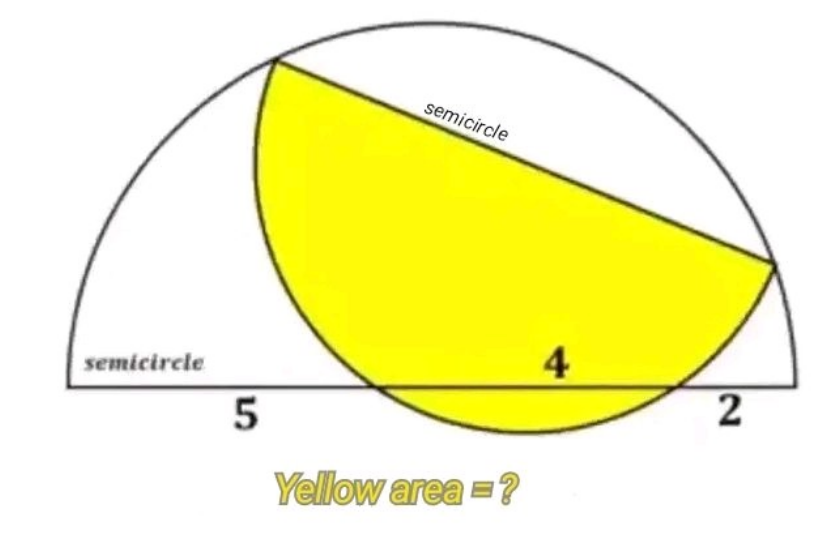
Question Number 186441 Answers: 1 Comments: 1

Pg 343 Pg 344 Pg 345 Pg 346 Pg 347 Pg 348 Pg 349 Pg 350 Pg 351 Pg 352
